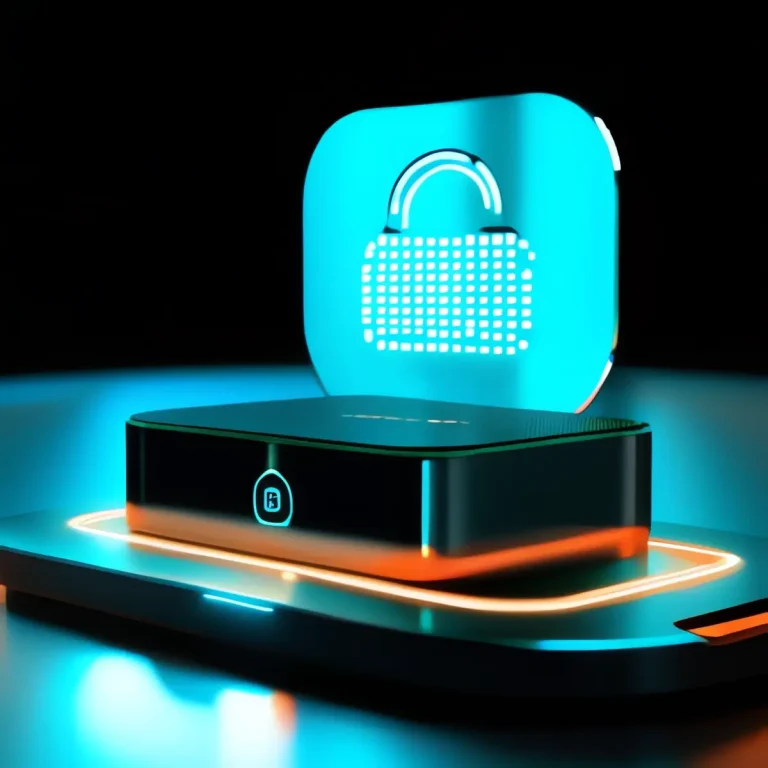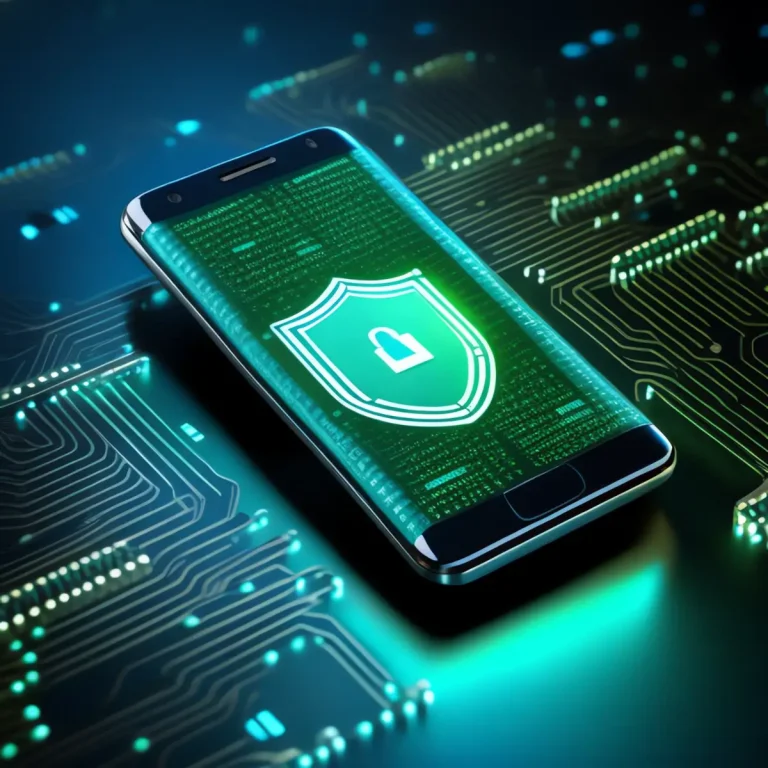Push Notification Security Best Practices: How to Protect Your Users

Push notifications are a cornerstone of modern mobile and web applications. They enable real-time engagement, drive user retention, and deliver critical updates. However, because push notifications often travel through third-party services and may contain sensitive or personally identifiable information (PII), they introduce a wide surface area for security vulnerabilities. With increasing regulatory pressure and user expectations around privacy, developers and product owners must adopt best practices to secure their push messaging infrastructure. This article outlines a set of security best practices for protecting users and maintaining trust in your application.
Understand the Security Risks of Push Notifications
Before securing push notifications, it’s crucial to understand the threats they face. Push messages typically flow through multiple intermediaries — including cloud push providers like Firebase Cloud Messaging (FCM), Apple Push Notification Service (APNs), or browser vendors — before reaching the user’s device. Each of these steps introduces potential vulnerabilities if not properly secured.
Message payloads may contain sensitive content like authentication codes, transaction alerts, or private messages. If these messages are sent without encryption, any party handling the delivery could access or alter them. Additionally, unauthorized access to the push service credentials can enable an attacker to send fraudulent or malicious notifications to all users.
Beyond payload exposure, metadata such as message timing, frequency, and device identifiers can also be exploited. Attackers may analyze these patterns to build behavioral profiles or identify targets for phishing or surveillance. Therefore, the security strategy must address not only message content but also the surrounding context in which the message is sent and received.
Always Use Secure Transport: TLS as a Minimum
Transport Layer Security (TLS) is the foundational layer of push notification security. It ensures that data transmitted between your app server and the push service is encrypted and cannot be intercepted by man-in-the-middle (MITM) attacks. All reputable push platforms support TLS by default, but developers must ensure their backend systems enforce TLS for all outbound push traffic.
When integrating with FCM, APNs, or other providers, always use the HTTPS endpoints provided and verify the TLS certificates programmatically when possible. Additionally, ensure that all client-side endpoints and APIs interacting with push tokens or subscriptions are also secured with TLS.
However, it’s important to remember that TLS only secures data in transit — and only between two endpoints. Once the message reaches the push service, it is decrypted and accessible to that provider. To protect message confidentiality end-to-end, TLS must be combined with payload encryption, which ensures the message content is unreadable to intermediaries.
Encrypt the Payload for End-to-End Privacy
Payload encryption is one of the most critical — yet often overlooked — best practices for securing push notifications. With TLS, data is encrypted during transmission, but payload encryption ensures that message content remains encrypted until it reaches the client application, where it is decrypted and displayed.
For web push, payload encryption is mandatory and handled via the IETF Web Push Protocol, which uses elliptic-curve Diffie-Hellman (ECDH) key exchange and AES-GCM encryption. This means push content is secure against intermediaries such as browser vendors and push services.
For mobile push, the situation is more complex. While platforms like APNs and FCM don’t mandate payload encryption, developers can implement application-layer encryption before sending the data to the provider. This can be done using symmetric or asymmetric encryption, with keys exchanged securely via backend APIs. The client application must then be able to decrypt the message using a key stored securely in a platform-specific keystore.
By implementing payload encryption, you ensure that even if the push service is compromised, your messages remain protected and unreadable. This is particularly important for compliance with data privacy regulations such as GDPR, HIPAA, or CCPA.
Protect and Rotate Push Credentials
Push services require API keys, tokens, or certificates to authenticate your app server and authorize push delivery. These credentials are powerful — if compromised, an attacker could impersonate your backend and send fake or malicious notifications to your users. To prevent this, it’s essential to protect push credentials as carefully as any other secret in your infrastructure.
Store credentials in secure locations such as environment variables or secret management services like HashiCorp Vault, AWS Secrets Manager, or Google Secret Manager. Avoid hardcoding them in source code or configuration files, especially in shared or public repositories.
Additionally, implement a strategy for regular credential rotation. Many push providers allow generating multiple keys or certificates with expiration dates. Automate the rotation process where possible and monitor for signs of abuse or unauthorized usage. Logging and alerting mechanisms should track all push requests to detect anomalies, such as unexpected message volume or destinations.
Finally, if using client-side subscription keys (as in web push), ensure that expired or inactive subscriptions are periodically purged from your database to reduce your attack surface and maintain hygiene in your push infrastructure.
Validate Client Tokens and Secure Subscription Management
Push tokens and subscriptions represent a user’s endpoint for receiving messages. If these tokens fall into the wrong hands, they can be used to send unauthorized messages or impersonate devices. As such, secure token handling is a fundamental aspect of push notification security.
First, ensure that only authenticated users can register or update push tokens. Tie the token to a verified user session, and do not accept token updates from unauthenticated or suspicious sources. Sanitize and validate incoming token data to prevent injection attacks or malformed requests.
Second, encrypt stored tokens at rest and restrict access to them using role-based access controls (RBAC). Consider associating tokens with device IDs or user sessions and set expiration policies for inactive tokens.
Additionally, implement logic to manage token lifecycles — detect when tokens are invalid, expired, or rejected by the push provider, and clean them from your system. This not only improves security but also reduces unnecessary delivery attempts and conserves resources.
A well-maintained and validated token infrastructure reduces the risk of abuse and helps ensure that push messages reach the intended audience securely.
Conclusion: Security Is a Journey, Not a Checkbox
Push notifications are powerful — but with great power comes great responsibility. As messaging infrastructure becomes more complex and data privacy expectations continue to rise, developers must take proactive steps to secure every layer of the push notification stack.
Relying solely on TLS is no longer enough. A secure push strategy includes transport encryption, payload encryption, credential management, secure subscription handling, and ongoing monitoring. By adopting these best practices, you not only protect your users’ data but also build trust, reduce the risk of compromise, and stay ahead of evolving compliance requirements.
Security is not a one-time task but an ongoing commitment. Review your push notification implementation regularly, stay updated with platform changes, and consider adopting industry standards for encryption and privacy. By making security a first-class citizen in your push strategy, you deliver not only messages — but peace of mind.
Like what you’re reading?
Push0 is a privacy-first push notification service built for devs and marketers who care.
Try it free for 14 days — no credit card, no fluff.



